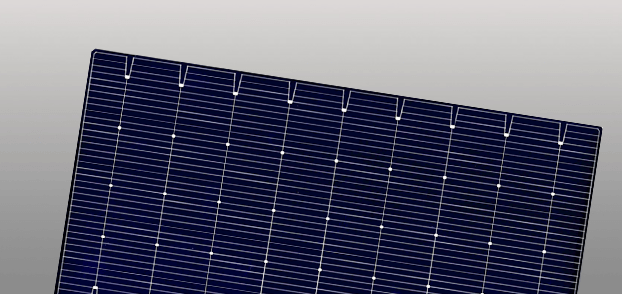Heterojunction solar cells, abbreviated as HIT (Heterojunction with Intrinsic Thin-layer), represent a significant advancement in solar technology. Originally developed by Sanyo in Japan in 1990, this technology has since become a cornerstone of high-efficiency solar cells. To avoid patent issues, various companies have adopted different names such as HJT, SHJ, and HDT, but they all refer to the same core technology.

What is an HJT Solar Cell?
An HJT cell is a type of solar cell that combines different materials to improve efficiency. It typically uses an N-type silicon wafer as its base, with a unique structure that includes multiple layers on both the front and back surfaces:
- Front layers: Transparent Conductive Oxide (TCO) layer, P-type amorphous silicon thin film, and an intrinsic hydrogen-rich amorphous silicon thin film.
- Back layers: TCO layer, N-type amorphous silicon thin film, and an intrinsic amorphous silicon film.
Manufacturing Process of HJT Solar Cells
Compared to traditional solar cells, the production of HJT cells is relatively straightforward and involves four main steps: cleaning and texturing, deposition of amorphous silicon, deposition of the TCO layer, and screen printing with curing.
- Cleaning and Texturing
- This step removes impurities from the N-type silicon substrate and creates a textured surface that traps light and reduces reflection.
- Deposition of Amorphous Silicon Films
- Using PECVD (Plasma Enhanced Chemical Vapor Deposition), the cell’s surfaces are coated with intrinsic and doped amorphous silicon layers. These layers passivate the surface, reducing defects and increasing efficiency.
- Deposition of the TCO Layer
- The TCO layer is applied using sputtering or RPD (Reactive Plasma Deposition). This layer collects electrical carriers and transports them to the cell’s electrodes. The TCO layer also enhances light absorption and reduces reflection.
- Screen Printing and Curing
- Metal electrodes are printed onto the cell and then cured at low temperatures. This step is simpler and less energy-intensive compared to high-temperature processes used in other solar cell types.
Advantages of HJT Solar Cells
- High Conversion Efficiency
- HJT cells achieve high conversion efficiency, largely due to their high open-circuit voltage (Voc), which can reach up to 750mV, compared to less than 700mV for standard PERC cells. This efficiency is due to the excellent passivation of the intrinsic amorphous silicon layer and the effective collection of light-generated carriers.
- Low Degradation
- HJT cells degrade less over time compared to other types of solar cells. The TCO layer prevents surface polarization and potential-induced degradation (PID), and the N-type silicon substrate reduces light-induced degradation (LID).
- Low Temperature Coefficient
- The performance of HJT cells is less affected by temperature increases compared to other solar cells. This low temperature coefficient means that HJT cells lose less efficiency as they heat up, resulting in better performance in real-world conditions.
- High Bifaciality
- HJT cells can efficiently capture light from both the front and back sides due to their symmetrical structure and transparent layers. This high bifaciality allows them to achieve bifaciality rates of over 90%, significantly higher than PERC cells, which typically range between 80-85%.
Conclusion
Heterojunction solar cells, or HJT cells, represent a remarkable advancement in solar technology with their high efficiency, low degradation, favorable temperature coefficient, and high bifaciality. These features make HJT cells a promising solution for increasing the effectiveness and reliability of solar power generation. As technology continues to advance, HJT cells are poised to play a crucial role in the future of clean energy.


